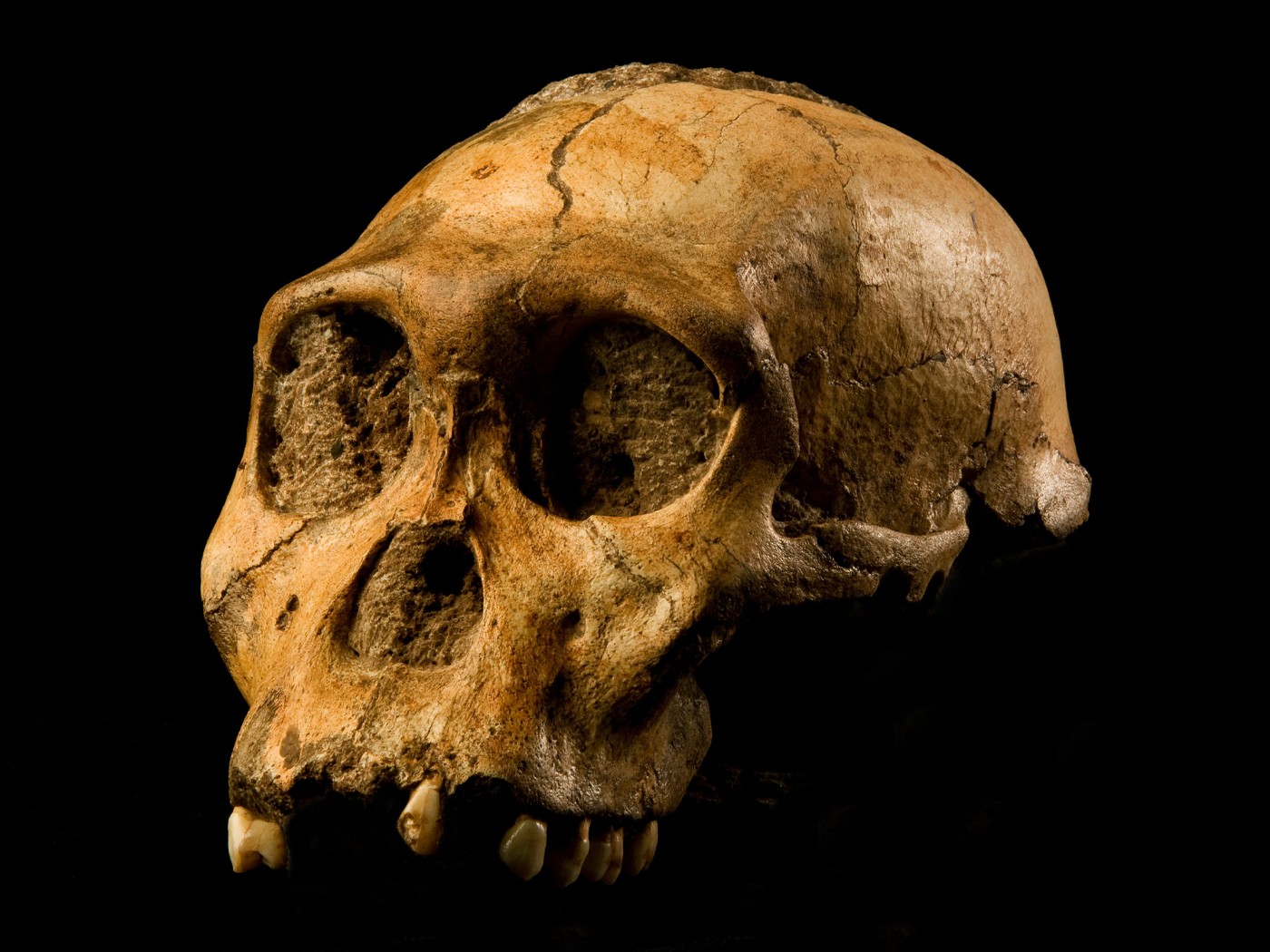One-cell creatures called ciliates are expanding our knowledge of genome dynamics and complexity. Now a newly sequenced ciliate genome reveals unimaginable levels of programmed rearrangement combined with an ingenious system of encryption.1
Contrary to the evolutionary prediction of simple-to-complex in the alleged tree of life, one-cell ciliates are exhibiting astonishing genetic complexity.2 The ciliate Oxytricha trifallax has two different genomes contained in separate nuclei. The micronucleus is dense and compact and used for reproduction while the macronucleus is dramatically rearranged, amplified, and used for the creature's standard daily living.
After two Oxytricha perform sexual conjugation, the old macronucleus essentially disappears and a new one is formed from the contents of the micronucleus during development of the new ciliate. This involves an elaborate cascade of events in which about 90% of the germline DNA is deleted and the remaining fraction is dramatically reorganized and amplified into over 16,000 new chromosomes (called nanochromosomes).3 While scientists previously understood that the genome of this creature underwent a dramatic reorganization, they did not understand the full significance of the phenomena, because only the macronucleus has been completely sequenced.3
In this recent study, the researchers sequenced the micronucleus of Oxytricha trifallax and were surprised at the levels of complexity and rearranging they discovered. As it turns out, the germline genome of the micronucleus is fragmented into over 225,000 precursor DNA segments that are massively and precisely rearranged (unscrambled) during the construction of the new macronucleus and its nanochromosomes (most of which contain only one gene each). However, it gets more complicated. Many of the genes reconstructed in this process come from numerous individual fragments dispersed across the micronuclear genome—with some even being inverted in their orientation.
A complex system of genomic encryption was discovered that enable the decoding of these 225,000 plus fragments. This process uses specialized pointer sequences that flank the macronucleus-designated fragments as a type of encryption and addressing system. In addition, highly specialized RNA guides that are also encoded in the genome are used to mark the specific DNA sections that need to be moved as a type of decryption system. The authors state, "Most functional information is encrypted in the MIC [micronucleus], and macronuclear development is a process of decryption." Because even the protein-coding regions of genes (called exons) are also fragmented, the authors state "Most IESs [internal eliminated sequences] interrupt exons (84.7%), making their removal a strict requirement for gene expression." Thus, the whole process of slicing and splicing is not error-tolerant—on the contrary it is quite exacting and involves highly complex systems of encryption and decryption to function properly.
At this point you may be asking, "What's the point of all this complexity?" Interestingly, the researchers also discovered that many of the precursor gene fragments were modular and could be rearranged in different ways to create more functional combinations—more "bang for the buck" as they say. The authors of the report state that a "notable feature arising from this radical genome architecture is that a single MDS [macronucleus destined sequence] in the MIC may contribute to multiple, distinct MAC [macronucleus] chromosomes."
One of the most interesting features of the research paper was the overall lack of evolutionary verbiage it contained. Clearly the concepts of intricate genome rearrangements on a massive scale combined with complex encryption systems do not bode well for something allegedly derived by the random chance processes of evolution. From single-cell creatures to mankind, biocomplexity and extreme engineering speaks only of an omnipotent and all-wise Creator.
References
- Chen, X. et al. 2014. The Architecture of a Scrambled Genome Reveals Massive Levels of Genomic Rearrangement during Development. Cell. 158 (5): 1187–1198.
- Tomkins, J. 2014. Ciliate Genome Reveals Mind-Bending Complexity. Creation Science Update. Posted on icr.org September 10, 2014.
- Swart, E. S. et al. 2014. The Oxytricha trifallax Macronuclear Genome: A Complex Eukaryotic Genome with 16,000 Tiny Chromosomes. PLoS Biology. 11 (1): e1001473.
* Dr. Tomkins is Research Associate at the Institute for Creation Research and received his Ph.D. in genetics from Clemson University.
Article posted on September 24, 2014.



















